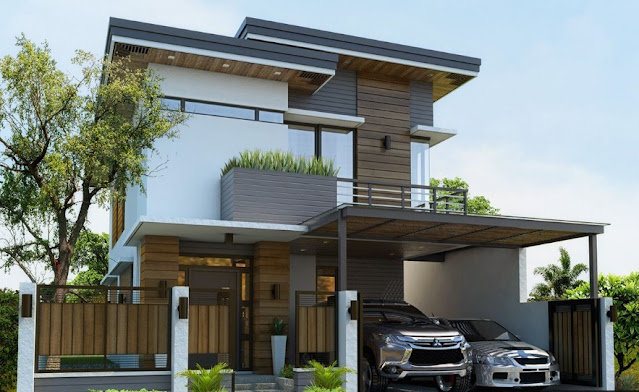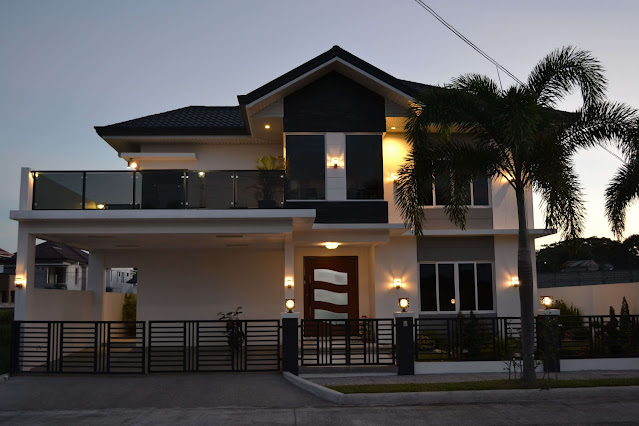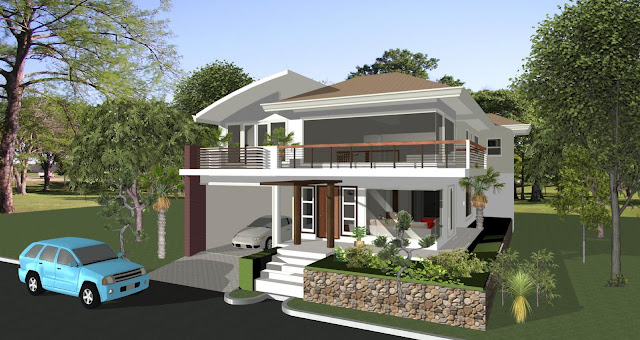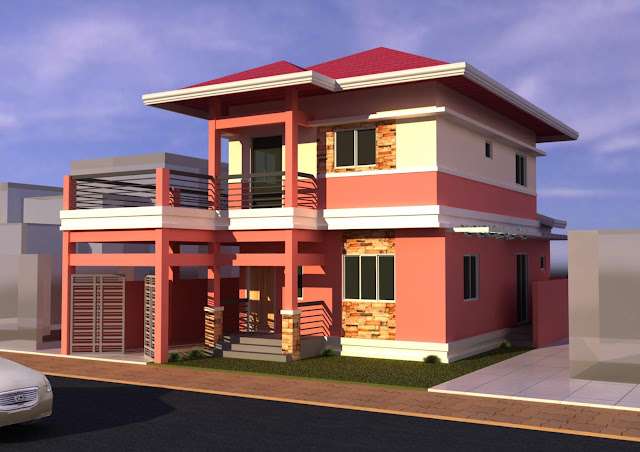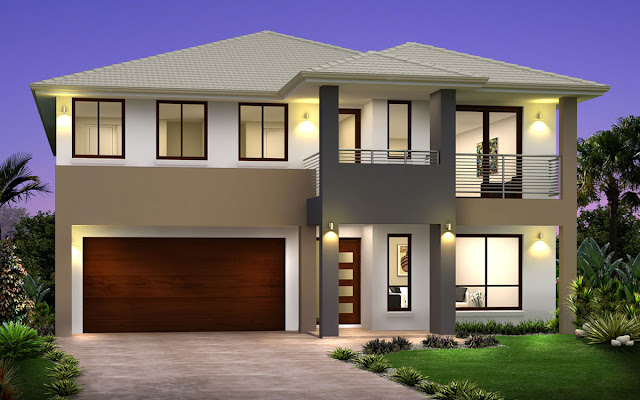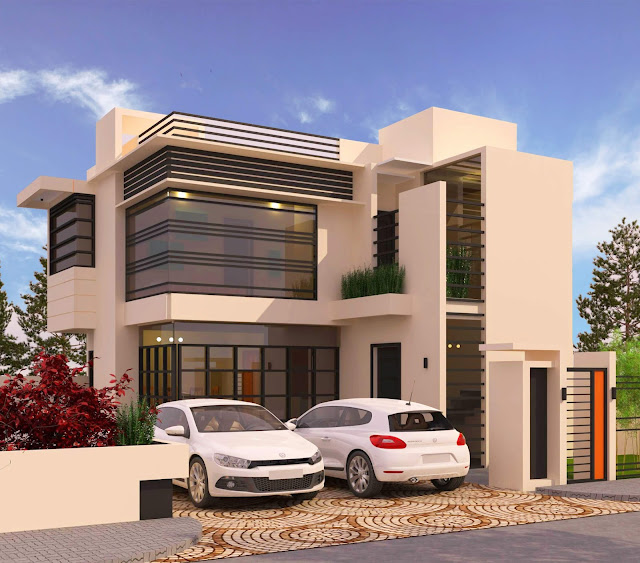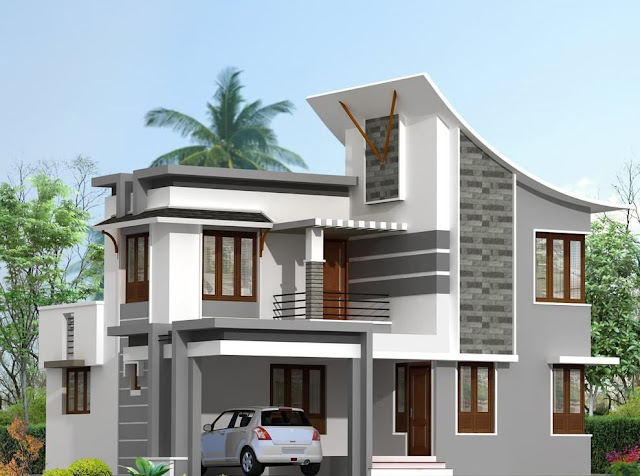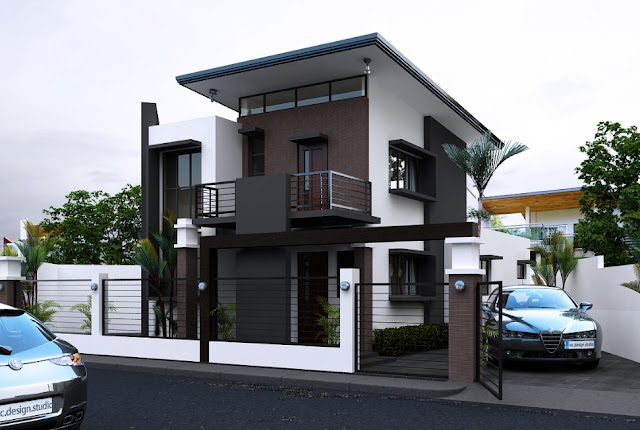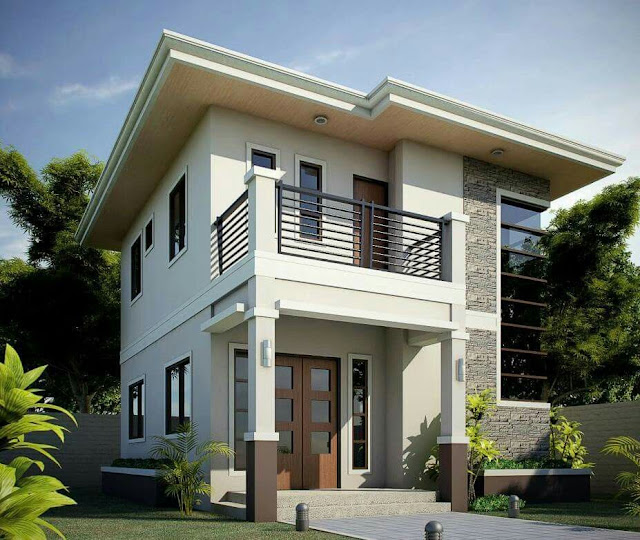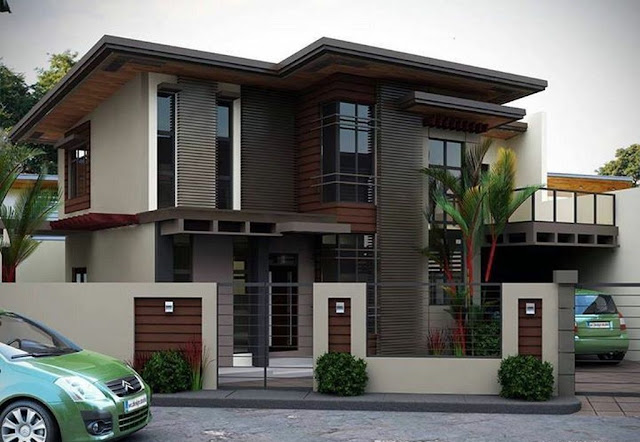Modern house design in the Philippines has been influenced by a combination of foreign and local architectural styles. As the country's economy has grown and technology has advanced, more and more Filipinos have been able to afford and build houses that reflect contemporary design. This article will explore the features of modern house design in the Philippines and how it has evolved over the years.
One of the defining features of modern house design in the Philippines is the use of clean, straight lines and a minimalist aesthetic. The focus is on functionality rather than ornate decoration, with an emphasis on open floor plans and a seamless flow between indoor and outdoor spaces. This design approach is often achieved through the use of large windows and sliding glass doors, which allow natural light to flood the interior and blur the boundaries between inside and outside.
Another key element of modern house design in the Philippines is the use of natural materials. Wood, stone, and other organic materials are often used in combination with man-made materials such as concrete and steel to create a sense of warmth and connection to the surrounding environment. This approach to design is not only aesthetically pleasing, but it also helps to create a more energy-efficient and sustainable home.
In addition to these core design elements, modern house design in the Philippines also incorporates a number of other features that enhance both form and function. For example, many modern homes in the Philippines feature a central courtyard or atrium, which serves as a focal point and helps to bring natural light and ventilation into the home. Other common features include roof decks, balconies, and outdoor living spaces, which allow homeowners to enjoy the beautiful weather and stunning natural surroundings of the Philippines.
One of the main driving forces behind the evolution of modern house design in the Philippines has been the growth of the country's economy. As more and more Filipinos have been able to afford to build their own homes, the demand for contemporary design has increased. This has led to the development of new construction techniques and materials, as well as the incorporation of advanced technologies such as smart home systems and energy-efficient appliances.
Another factor that has influenced modern house design in the Philippines is the country's unique cultural and architectural heritage. The Philippines has a rich history of indigenous and colonial-era architecture, and many modern homes in the country incorporate elements of these styles. For example, it is common to see traditional Philippine materials such as bamboo and nipa (palm) leaves used in conjunction with modern design elements.
In conclusion, modern house design in the Philippines has been shaped by a combination of economic, technological, and cultural influences. The result is a dynamic and diverse architectural landscape that reflects the country's unique blend of old and new. Whether it is a sleek, minimalist residence or a more traditional home with a modern twist, there is a wide range of design options available to homeowners in the Philippines.








